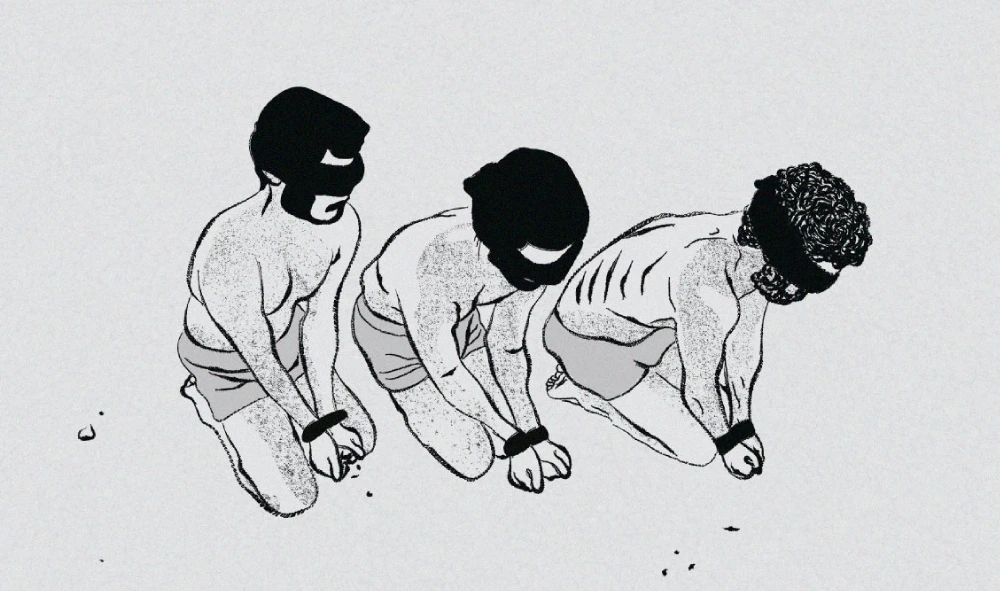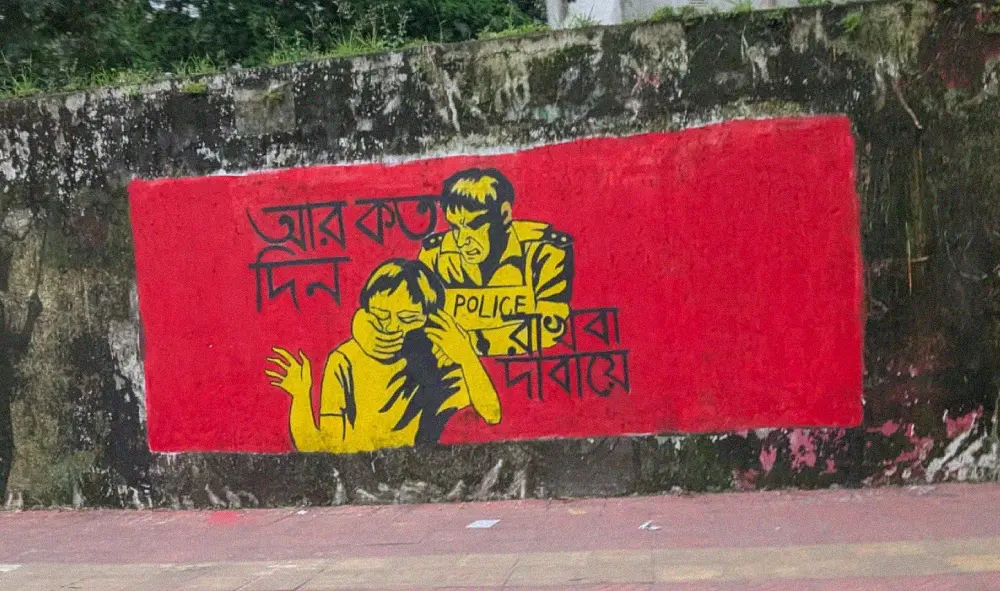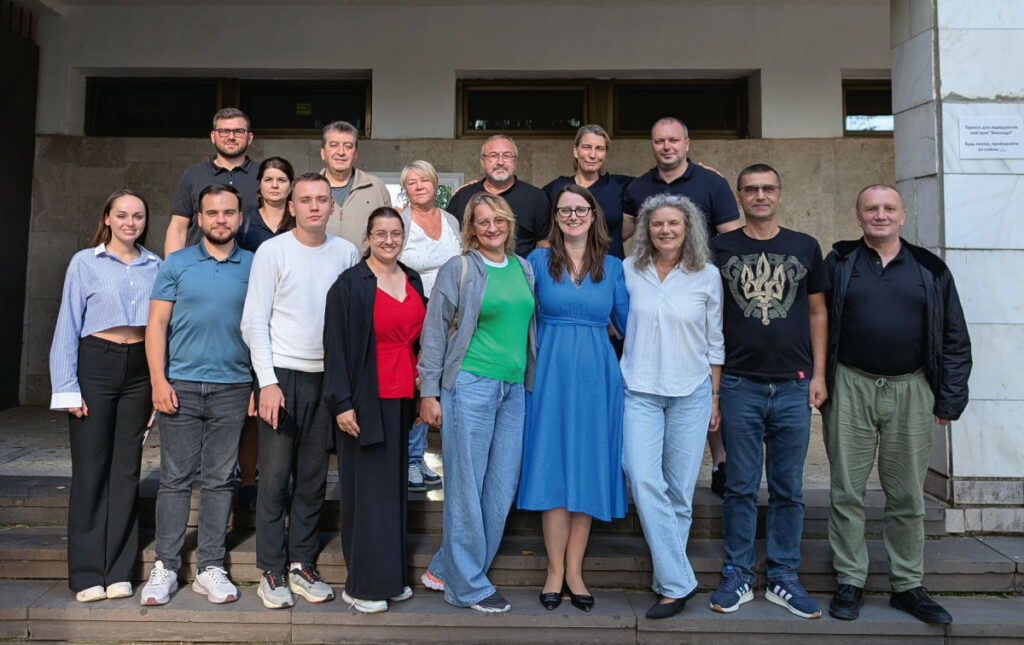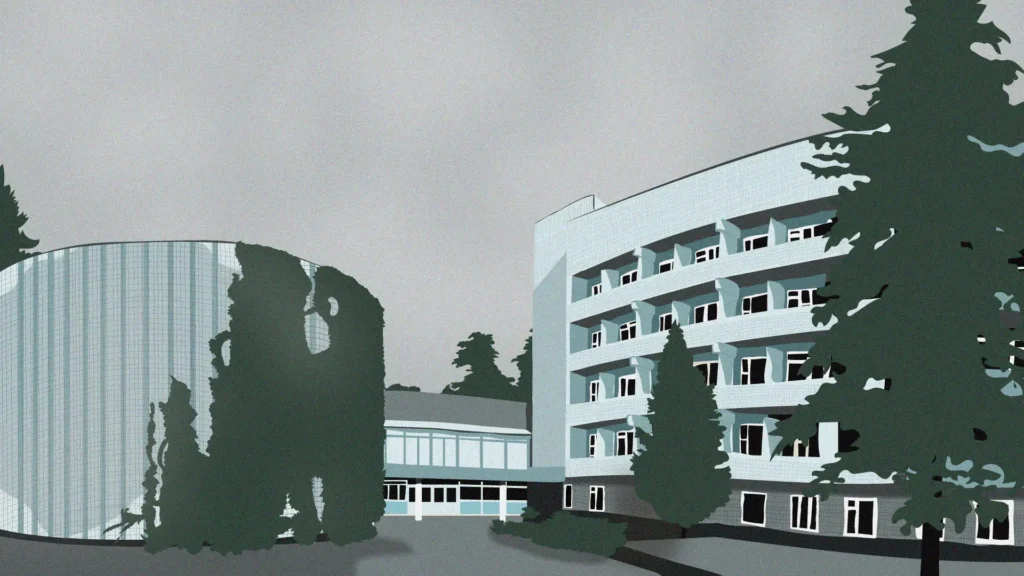What are the main findings in your gender-competent legal and factual analysis of torture and ill-treatment of Palestinians from Gaza since Hamas-attack 7 October 2023
»Israeli Forces wield gender norms to inflict maximum suffering and to punish, intimidate, and coerce Palestinians in Gaza. Men and boys are emasculated and dominated, women and girls are sexualized, shamed, and subjected to reproductive violence.
This treatment occurs across different contexts such as detention and digital platforms. Recognizing how gender shapes both the experience and purpose of torture is vital for both redress and accountability«.
How do Israeli Forces exploit gender roles and norms as a tool in their torture and ill-treatment of Palestinians?
»Israeli Forces calibrate their treatment of Palestinians according to the gender of their victims. Israeli Forces know what it means to be a man or a woman in Palestine, and they choose their means of torture and ill-treatment according to the normative roles men and women are supposed to embody. Palestinian men are targeted as leaders, husbands, fathers, and symbols of strength; while Palestinian women and girls are targeted as wives, mothers, daughters, keepers of family or community honor and bearers of life.
The torture and ill treatment, including in its gendered form, of Palestinians by Israeli Forces are a part of what the United Nations Independent International Commission of Inquiry, Amnesty International and many others are labelling a genocidal campaign«.
Can you give an example of how the torture and ill-treatment is gendered?
»When Palestinian men and boys in Gaza are detained, they are intentionally emasculated, often both privately and in the view of their families and communities. This happens when they are stripped, paraded in various states of nudity, physically restrained, forced into stress positions, denied bodily agency such as using the toilet, beaten, threatened with sexual violence against themselves and loved ones.
Palestinian women and girls are also targeted as sexual and reproductive objects. When detained or coming into contact with Israeli Forces they are aggressively groped, strip-searched, their bodies are exposed to onlookers and insulted in sexualized and demeaning terms.
In what ways do the impacts of torture differ for men and boys compared to women and girls?
»The torture and ill treatment of Palestinian men and boys in Gaza targets their social standing and masculinity. Through total physical restraint and control, forced nudity, and violence, Israeli Forces strip Palestinian men and boys of dignity, autonomy, and independence—characteristics that men are supposed to possess.
At the same time the torture and ill-treatment of Palestinian women and girls in Gaza feature their bodies being made into instruments of humiliation and debasement. By treating Palestinian women and girls as sexual objects, including by groping, invasively searching, and exposing them, Israeli Forces deny these women the privacy, modesty, and virtue that form the contours of womanhood and femininity. Simultaneously, women’s reproductive capacities and roles—often associated with fertility and care—are converted into sites of deprivation, pain, and stigma«.
What role does filming and digital dissemination of ill-treatment or humiliations play in reinforcing gendered violence against Palestinians?
»Generally, the filming and dissemination of acts of torture or ill-treatment extend and intensify victims’ pain and humiliation. Particularly when posted online—where there can be millions of views—the victim’s torture is turned into a dispersed and permanent spectacle over which they have no control and from which they are potentially continually harmed.
In Gaza, the digital harm follows the same gendered lines as torture in detention. Israeli soldiers have filmed and posted online videos of Palestinian men stripped, restrained, and injured. Palestinian women’s underwear during home raids have been mocked and displayed, turning these women’s homes and clothing into symbols of sexualized shame«.
How have reproductive processes—pregnancy, childbirth, menstruation, and breastfeeding—been weaponized by Israeli Forces to inflict suffering?
»First, through the destruction of reproductive health infrastructure. Key maternity hospitals have been rendered inoperable or destroyed, including al-Nasser and al-Shifa Hospitals, and Gaza’s main IVF center. As a result, people who need prenatal care, emergency deliveries, or infertility treatment are have no where to go for medical treatment and health care.
Second, through enforced obstetric harm and malnutrition. Pregnant women give birth without trained staff, pain medication, or sterile tools. Widespread malnutrition and dehydration increase risks of miscarriage, preterm labor, and postpartum complications. According to UNFPA, 1 in 3 pregnancies are considered high-risk and 1 in 5 infants are born preterm and underweight.
Third, by degrading the experience of basic reproductive functions. Menstruating women lack access to sanitary products and are forced to use diapers, rags, or nothing at all—causing infection, shame, and isolation. New mothers are unable to breastfeed due to starvation, while formula and clean water are virtually inaccessible«.
What are the long-term consequences for Palestinian social structures and community resilience when torture deliberately targets gender roles and reproductive functions?
»The scale and magnitude of suffering in Gaza is unfathomable and there is no telling exactly how the consequences will materialize as it continues. In other contexts, such as Ethiopia, Myanmar, Iraq and Syria. where gender roles were predicates of atrocity crimes, there are major challenges in community and family cohesion—men can feel guilt and shame for not being able to protect their families and communities, women can be stigmatized or ostracized for surviving sexualized violence. Likewise, such attacks also often feature intergenerational trauma, where psychological suffering affects the mental health and well-being of generations—a reality already present in Gaza, and only exacerbated in the current context«.
Wasn’t gender-based violence also feature of Hamas’s attacks on 7 October 2023?
»Yes, according to the UN Commission of Inquiry, during Hamas’s 7 October 2023 attacks in Israel, women were subjected to rape and other forms of sexual violence before being killed or taken hostage. Hostages, including both Israeli men and women, were stripped, beaten, and subjected to threats of sexual violence while in captivity. The bodies of several female victims showed signs consistent with violent sexual assault«.
Why is a gender-competent legal approach essential to fully understand and address these forms of torture?
»It illuminates harms overlooked by traditional legal approaches. Torture, under international law, requires showing severity, intent, and purpose. Gender norms profoundly shape all three, and failing to account for them results in misclassification, under prioritization, and injustice. A gender-competent lens exposes the full range of methods used to inflict suffering—including how perpetrators draw on gendered power dynamics embedded in both their own and their victims’ social contexts«.
How can accountability be ensured for victims of the gendered forms of violence and torture you describe?
»In recent years there has been lots of much needed political attention both on sexual violence in conflict and on its survivor-centered and trauma-informed documentation. Codes of conduct such as the Murad Code, and best practice manuals like the United Kingdom’s Preventing Sexual Violence Initiative Handbook (Second Edition) and Istanbul Protocol offer critical criteria for collecting testimonies and otherwise documenting sexual violence, and gender-based violence.
At the same time, accountability and judicial bodies, including investigative and prosecuting authorities, must have gender competence to be able to recognize and analyze gendered harms when they are not explicitly sexual«.
What role can international civil society and human rights organizations play in supporting survivors—both men and women—in their pursuit of justice and rehabilitation?
»Depending on a dialogued and the needs identified by Palestinian partners, international civil society can support the strengthening of the specific services and support mechanisms survivors of torture, including gendered modes of torture, as well as strengthening referral networks between these services so that the multiple needs of diverse survivors are met«.
Torture in Israeli prisons:
Several international, Palestinian, and Israeli sources — including the UN, the Public Committee Against Torture in Israel, and B’Tselem — have documented torture and other inhuman treatment of Palestinians over many years.
For example, the Israeli NGO Public Committee Against Torture in Israel has filed over 1,400 torture complaints since 2001.
In 2008, a coalition of 14 Israeli and Palestinian NGOs published a report on the “widespread and systematic” use of torture by Israeli authorities.
In 2016, the UN Committee Against Torture raised several concerns regarding the treatment of Palestinians in Israeli detention. All of this occurred before the Hamas attack on October 7, 2023, after which reports of abuse and torture have only increased.
In December 2023 and again in February 2024, NGOs warned against the systematic abuse of detained Palestinians in Israeli detention centres.
The Israeli human rights organization B’Tselem describes the torture as a “systemic, institutional policy.”




